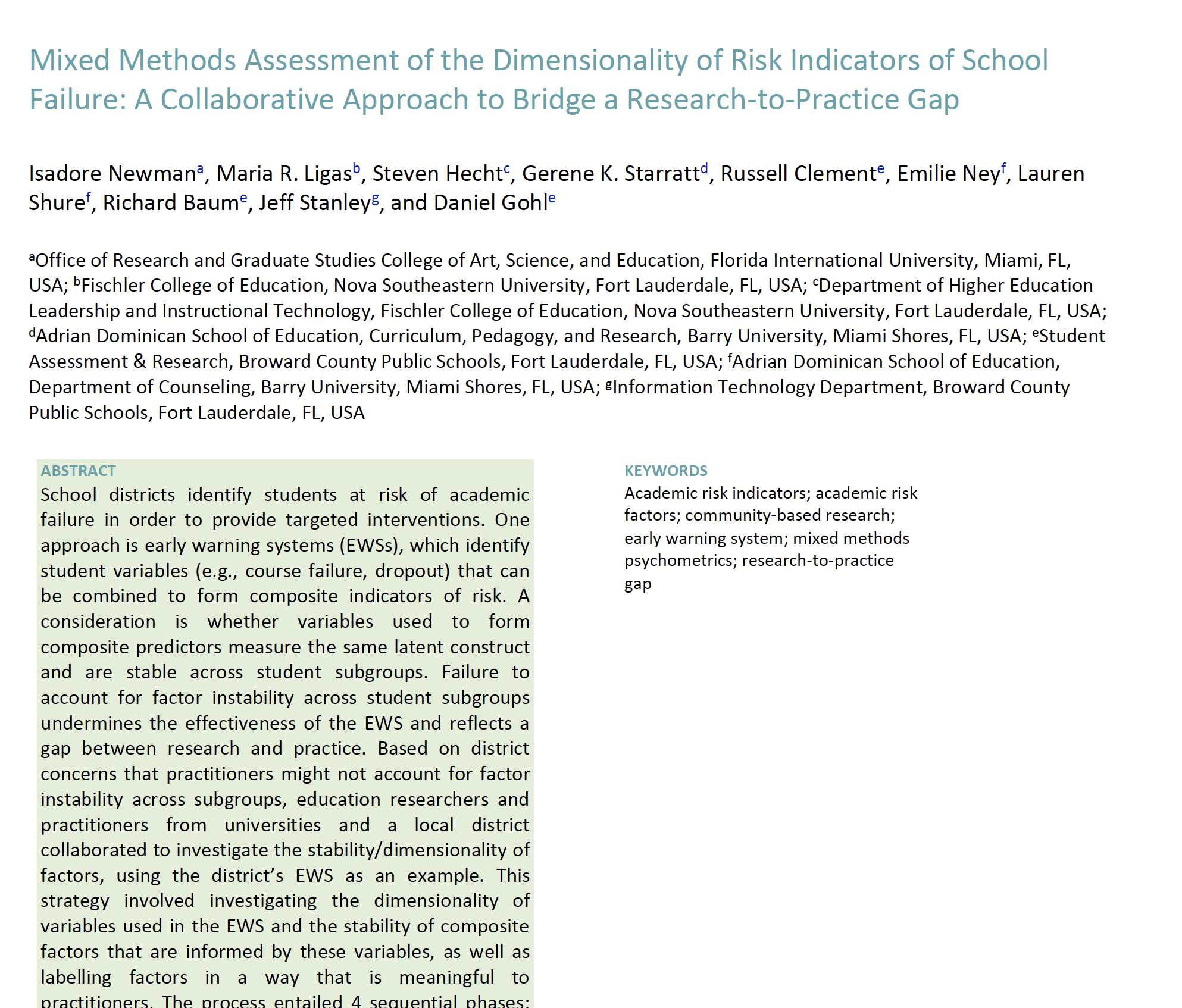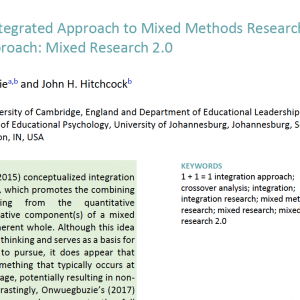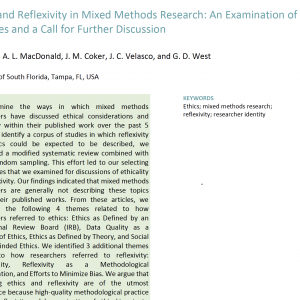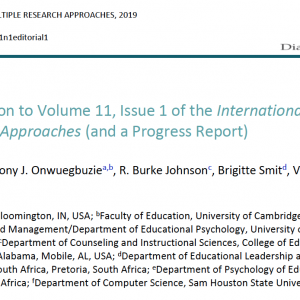11(2).05. Mixed Methods Assessment of the Dimensionality of Risk Indicators of School Failure: A Collaborative Approach to Bridge a Research-to-Practice Gap
$30.00
Description
Author
Isadore Newman (Office of Research and Graduate Studies College of Art, Science, and Education, Florida International University, Miami, FL, USA)
Maria R. Ligas (Fischler College of Education, Nova Southeastern University, Fort Lauderdale, FL, USA)
Steven Hecht (Department of Higher Education Leadership and Instructional Technology, Fischler College of Education, Nova Southeastern University, Fort Lauderdale, FL, USA)
Gerene K. Starratt (Adrian Dominican School of Education, Curriculum, Pedagogy, and Research, Barry University, Miami Shores, FL, USA)
Russell Clement (Student Assessment & Research, Broward County Public Schools, Fort Lauderdale, FL, USA)
Emilie Ney (Adrian Dominican School of Education, Department of Counseling, Barry University, Miami Shores, FL, USA)
Lauren Shure (Adrian Dominican School of Education, Department of Counseling, Barry University, Miami Shores, FL, USA)
Richard Baum (Student Assessment & Research, Broward County Public Schools, Fort Lauderdale, FL, USA)
Jeff Stanley (Information Technology Department, Broward County Public Schools, Fort Lauderdale, FL, USA)
Daniel Gohl (Student Assessment & Research, Broward County Public Schools, Fort Lauderdale, FL, USA)
Abstract
School districts identify students at risk of academic failure in order to provide targeted interventions. One approach is early warning systems (EWSs), which identify student variables (e.g., course failure, dropout) that can be combined to form composite indicators of risk. A consideration is whether variables used to form composite predictors measure the same latent construct and are stable across student subgroups. Failure to account for factor instability across student subgroups undermines the effectiveness of the EWS and reflects a gap between research and practice. Based on district concerns that practitioners might not account for factor instability across subgroups, education researchers and practitioners from universities and a local district collaborated to investigate the stability/dimensionality of factors, using the district’s EWS as an example. This strategy involved investigating the dimensionality of variables used in the EWS and the stability of composite factors that are informed by these variables, as well as labelling factors in a way that is meaningful to practitioners. The process entailed 4 sequential phases: (a) an interpretive literature review, (b) a quantitative phase, (c) a mixed methods phase, and (d) a final quantitative phase. Findings suggest that factors derived from the at-risk indicators are multidimensional (i.e., they vary across subgroups), affirming that the existing EWS cannot be broadly applied across subgroups of students and should be developed with attention to the variability among subgroups. This strategy, which addresses the research-to-practice gap, can be replicated by other teams of researchers and practitioners interested in EWS development and use.




